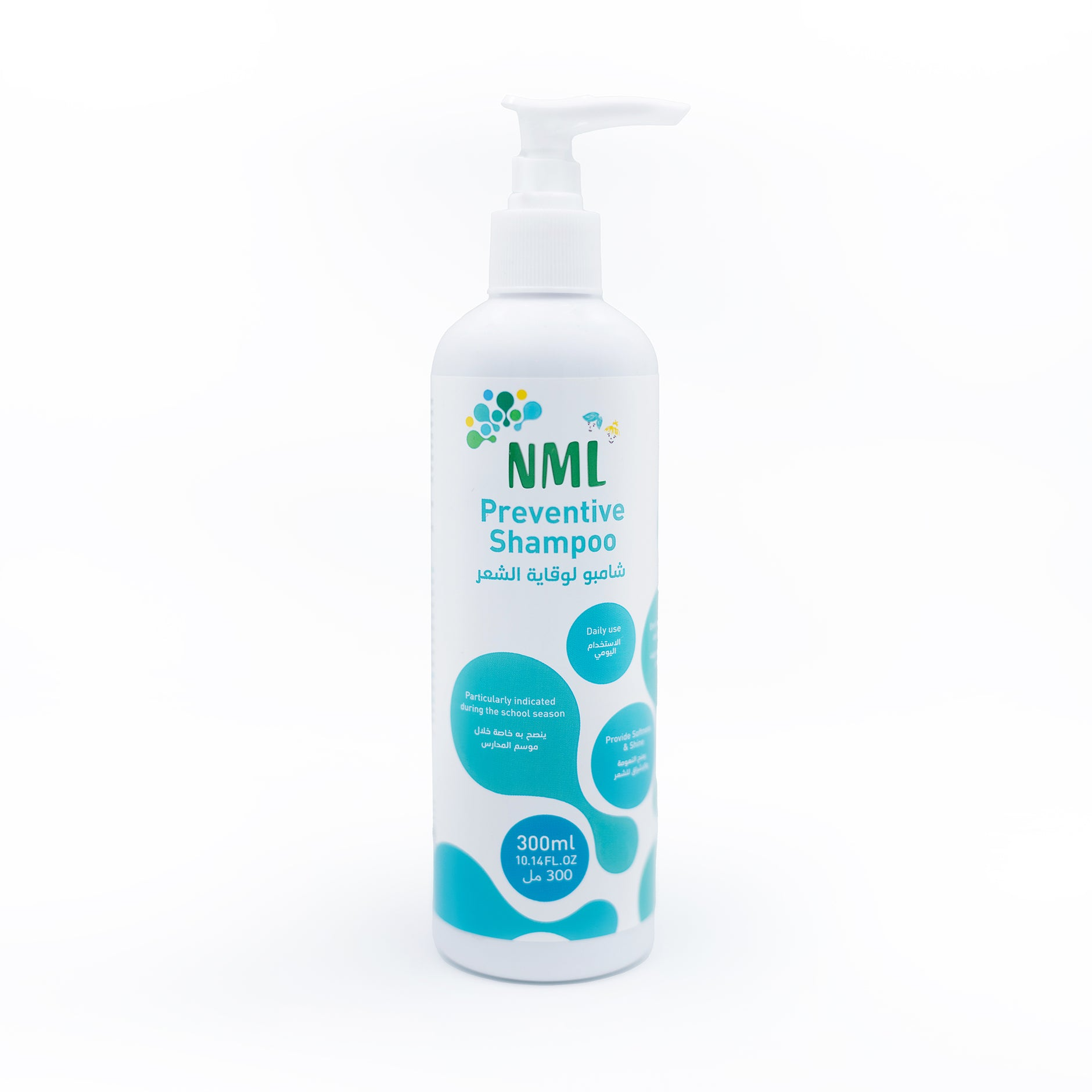
Selecting the right head lice shampoo involves understanding the active ingredients and their specific roles in eliminating lice and nits. Here’s a complete guide to help decipher the key components commonly found in head lice shampoo:
Pyrethrin and permethrin
Derived from chrysanthemum flowers: Pyrethrin, a natural insecticide, is derived from chrysanthemum flowers. Permethrin is a synthetic version of pyrethrin. Both are neurotoxic to lice.
How they work: These ingredients affect the nervous system of lice, causing paralysis and eventual death. They are common in over-the-counter lice shampoos and are generally considered safe when used as directed.
Malathion
Organophosphate Insecticide: Malathion is an organophosphate insecticide that is applied to the scalp and hair as a lotion.
How it works: Malathion disrupts the nervous system of lice, leading to their demise. It is typically used when wlice show resistance to other treatments. However, it is a prescription medication and should be used under medical supervision.
Ivermectin
Antiparasitic medication: Ivermectin is an antiparasitic medication commonly used to treat lice infestations.
How it works: This ingredient interferes with the nerve impulses of lice and is usually administered as a prescription medication. It’s available in various forms, including shampoos and lotions.
Spinosad
Natural bacterial product: Spinosad is a natural bacterial product derived from the fermentation of a soil actinomycete bacterium.
How it works: This ingredient affects the nervous system of lice and is effective against both lice and their eggs. It is commonly used in prescription medications.
Dimethicone
Silicone-based substance: Dimethicone is a silicone-based substance used in some lice treatments.
How it works: Rather than attacking the nervous system, dimethicone works by physically coating and smothering lice, making it difficult for them to move or breathe. It is often used in silicone-based shampoos that aim to suffocate and immobilize lice.
Tea tree oil, neem oil, coconut oil: Some lice shampoos incorporate essential oils with known lice-repelling properties. Understanding these active ingredients is essential for making informed choices when selecting a head lice shampoo. It’s crucial to follow product instructions carefully and, when in doubt, consult with healthcare professionals for personalized advice, especially in cases of resistance or persistent infestations.


